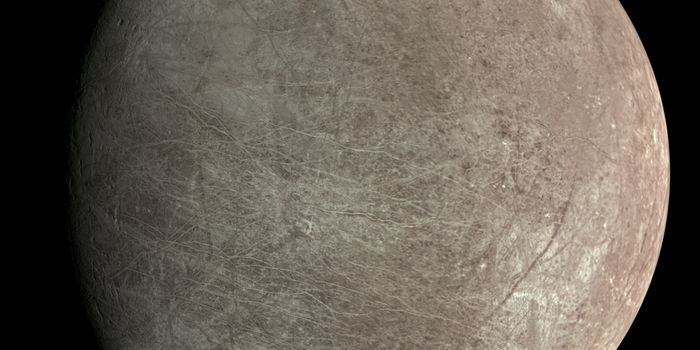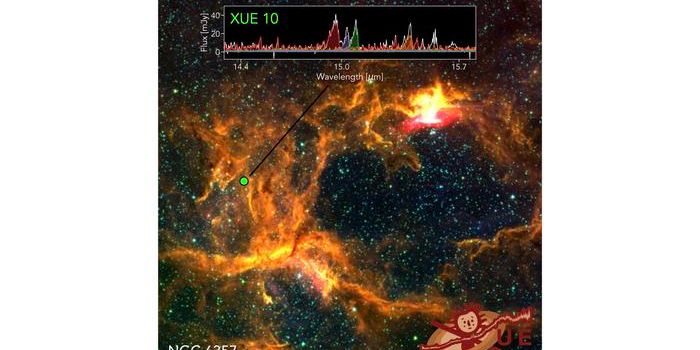Did Planets of Diamond Host the Universe's First Life Forms?
Life is a huge question in our universe. It can be difficult to grasp exactly how life started, and how it originated here on Earth to become as complex as it is today, but one thing that scientists seem to agree on is that we can’t be the only forms of life in our entire universe.
Alien life more than likely exists elsewhere in our universe, and we have yet to spot it yet. It could exist in many forms, whether simple or complex, but one thing scientists seem to agree on is that life forms are going to be found on planets with strong carbon signatures.

Image Credit: NASA/SDO
In fact, the origin of ancient alien life, which helped make life in our universe possible today, probably stemmed from carbon planets made of some sort of carbide, diamond, or graphite substances.
The hypothesis comes from a study conducted by Harvard University astronomers who understood that the early universe lacked carbon materials. Their research is available on arXiv.org and has been accepted by the Monthly Notices of the Royal Astronomical Society.
"This work shows that even stars with a tiny fraction of the carbon in our solar system can host planets," says lead author and Harvard University graduate student Natalie Mashian. "We have good reason to believe that alien life will be carbon-based, like life on Earth, so this also bodes well for the possibility of life in the early universe.”
The early universe didn’t have dense elements; it had lighter ones like hydrogen and helium, and it wasn’t until stars created with these elements exploded and left their mark that heavier elements like carbon were actually formed.
These denser elements would eventually form together to create the life-supporting planets that served as jumping platforms for what we have today.
Part of the research conducted involved taking a look at older stars that still exist today, known as Carbon-Enhanced Metal-Poor (CEMP) stars. They lack iron, having only as much as 0.00001 times the iron, but they have a very high carbon footprint.
These stars have the potential to form carbon-based planets when their time comes to actually explode, and likely served as the point of origin for early life in our universe.
After the carbon was left in interstellar space following the supernova explosion, gravity eventually took its course and sucked it all up into a massive floating glob in space, which over time, formed a planet.
The research goes on to explain that we will have the best chance of finding alien life in systems where stars hosting planets have higher carbon footprints. Stars with less carbon will form planets out of other elements that aren’t essential to carbon-based life forms, and are probably less likely to host life.
Source: EurkAlert








